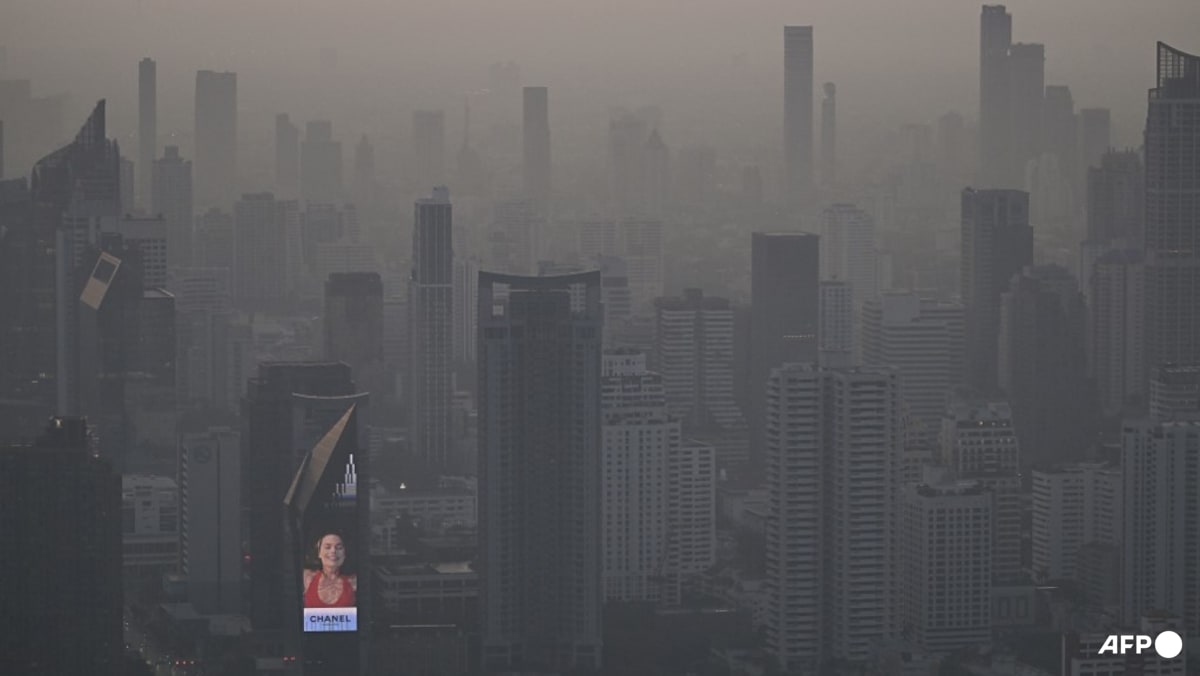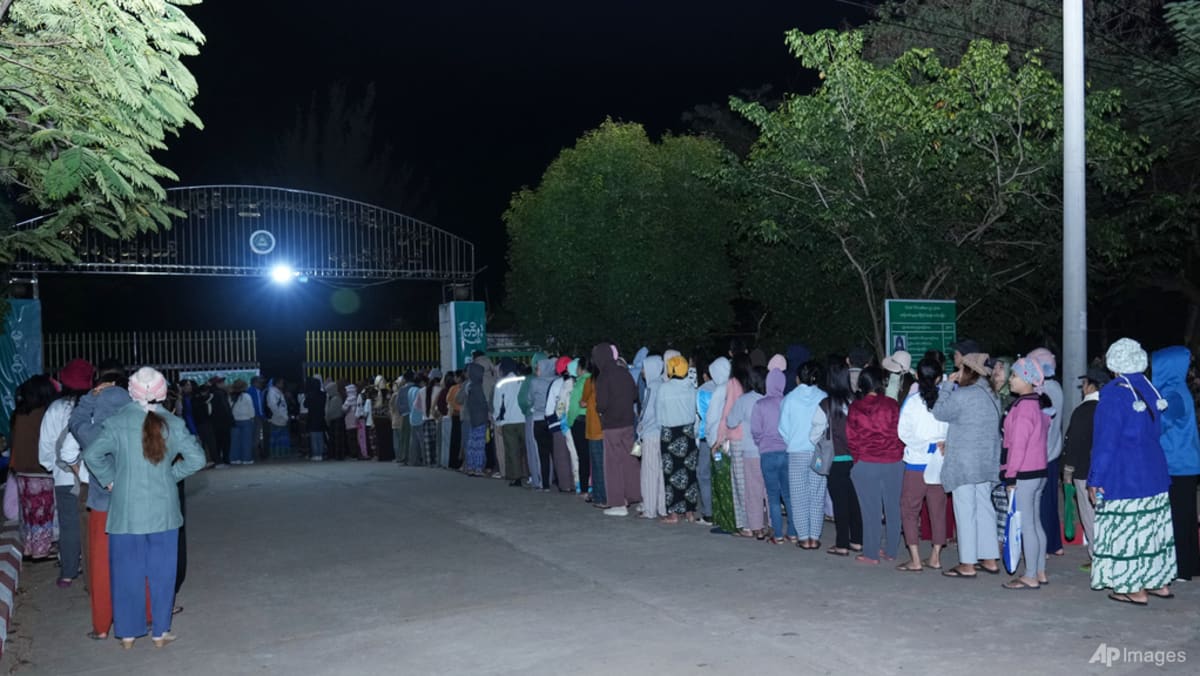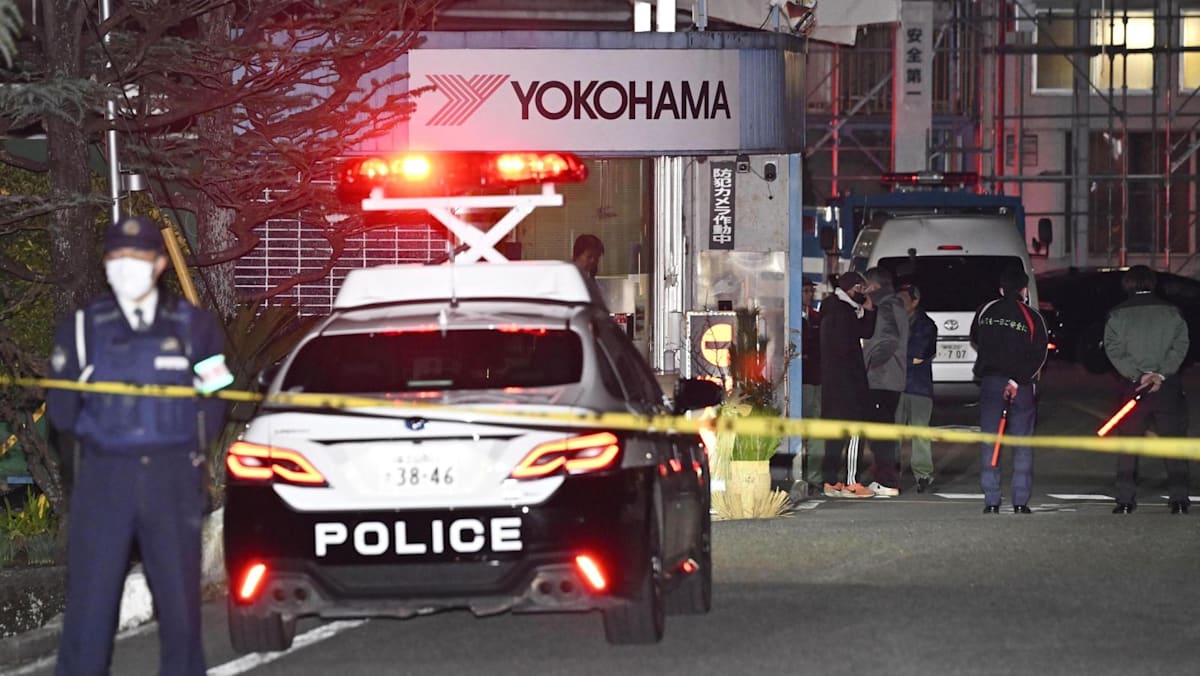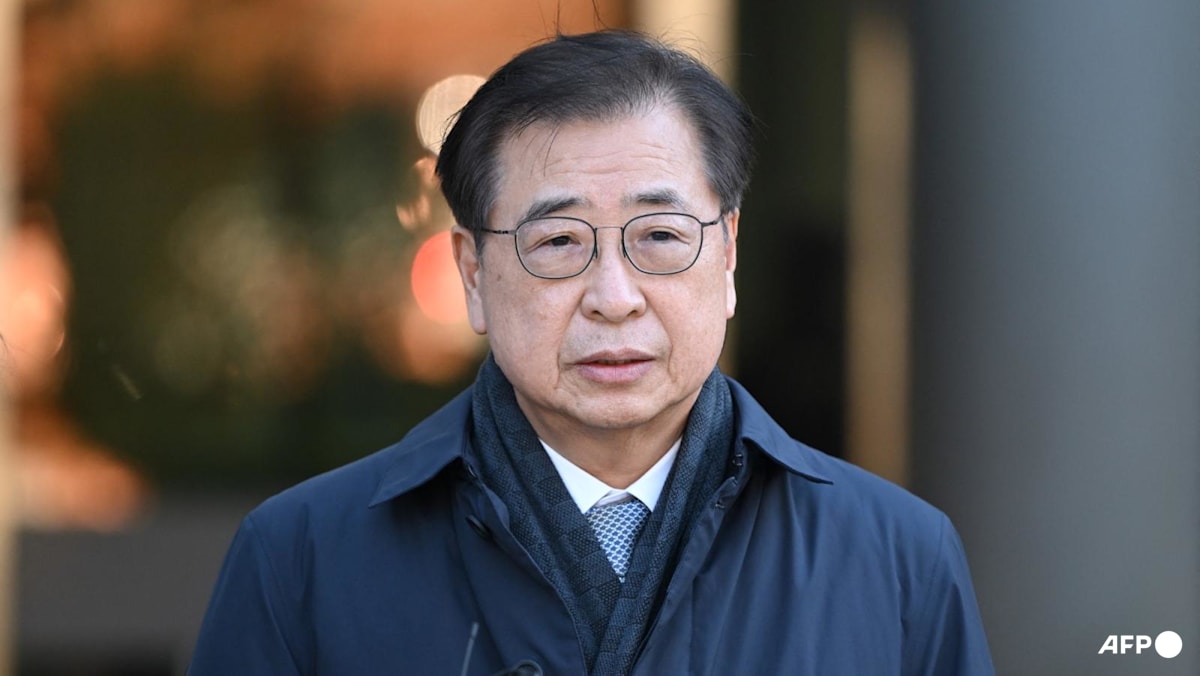Commentary: Heed the warning of Japan New Year’s Day earthquake
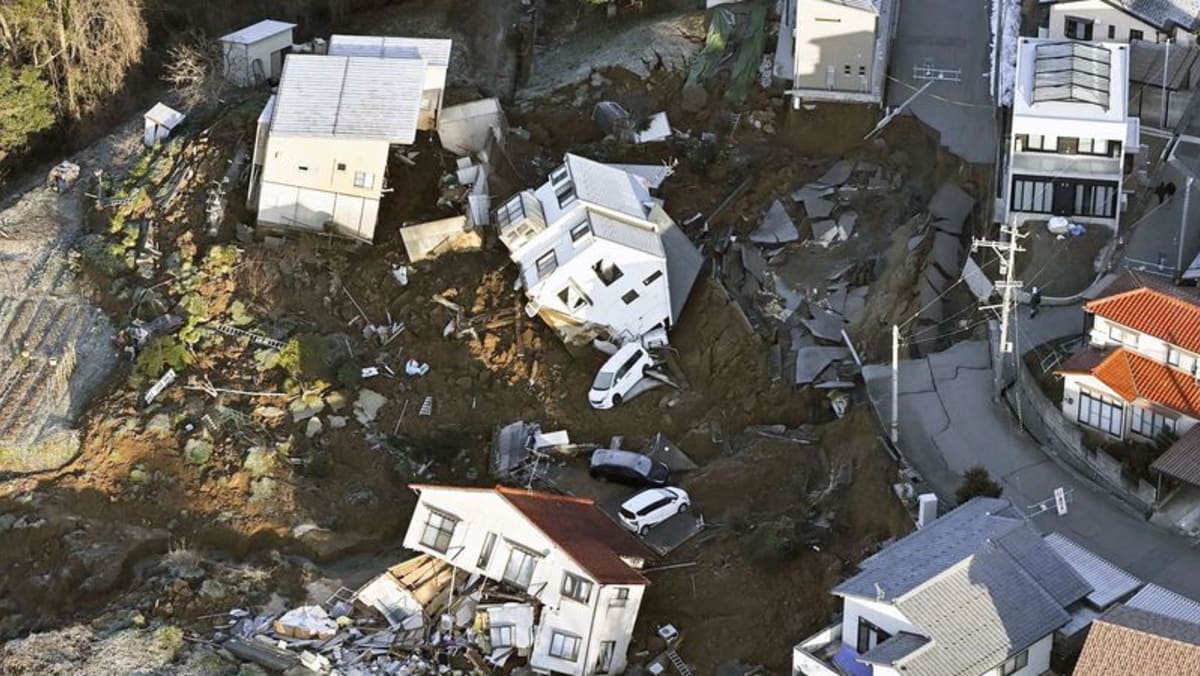
That structure was built in 1972, a decade before an overhaul of Japan’s national building standards – one of many changes to the construction code that has been made since World War II, as the nation learned how to adapt to its frequent disasters. Those same standards are one reason I continue to be gung-ho on Japan’s unsentimental approach to razing old buildings and putting better ones in their place.
Tsunami defences also held up; critics love to blast Japan’s fondness for solving problems with concrete, but supposedly scenery-spoiling tetrapods and seawalls show their worth at times like this.
PREPARING FOR CALAMITIES WE CAN’T AVOID
Nonetheless, the message here isn’t that the country is invulnerable. A magnitude 7.6 earthquake sounds (and is) big. But the scale is logarithmic, meaning the magnitude 9 temblor that struck in 2011 released more than 125 times the energy as the New Year’s quake.
It’s not possible to build seawalls to prevent all the damage from such a tsunami; instead, we must learn from the past, and build away from these coasts over time.
That Japan wasn’t hit harder on New Year’s Day isn’t serendipitous. Nevertheless, it’s almost inevitable that it will suffer a more severe blow, and soon.
A long-expected repeat of the 1923 quake that struck directly beneath Tokyo could cause as many as 23,000 deaths from collapsed buildings and fires, according to government estimates. The country is racing to replace the stock of pre-1981 buildings, but even that won’t eliminate the risk of fire.
Source: CNA



